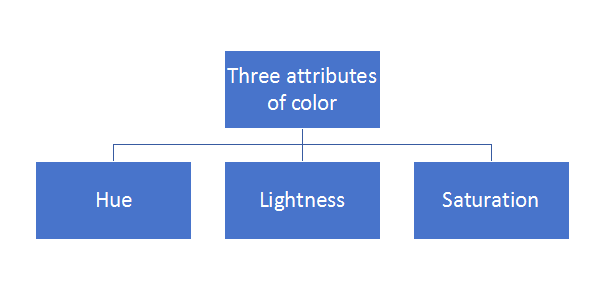Date:2024-04-17
Water-based ink is a kind of ink with water as a dispersive medium, which is mainly composed of pigments, water-based resins, additives and water. Among them, the pigment plays a role in the ink to give color characteristics, to meet the needs of color in the printing process. Usually, organic pigments and inorganic pigments can be used for ink, but because the resins of water-based inks are mostly alkali soluble, we prefer to use inorganic pigments with better alkaline resistance when choosing pigments.

Each pigment has its inherent appearance, which is manifested as the reflection or transmission of light waves of a certain range of color wavelengths. When the object absorbs these colors and reflects or transmits them, it stimulates the retina of the human eye, which in turn forms the perception that the object has colors. These colors are the basic factors that determine the color of an object. For monochromatic light, its wavelength can be directly measured to determine its hue. For mixed color light, the hue can be determined by measuring the proportion of various different wavelengths of light. Hue is the characteristic of one ink to distinguish another ink, therefore, water-based ink in the deployment of color to choose a complete color, the manufacturer's batch of consistent inorganic pigments.

At the same time, because the distribution density of pigments used in water-based inks is greater than that of solvent-based inks, and the surface tension and polarity of water are greatly different from that of solvents, making the dispersion of pigments more difficult, which affects the stability, viscosity and pH value of the ink. To solve this problem, surfactants are usually added to enhance the compatibility of the resin and water and the compatibility of the pigment with the water-soluble binder, thus ensuring the stability of the ink. In addition, the viscosity and pH value of water-based inks need to be precisely regulated. When the pH value is higher than 9.5, the ink is too alkaline, the viscosity is reduced, the drying speed is slow, and the water resistance is poor. When the pH value is lower than 8, the alkalinity is too weak, the viscosity of the ink increases, the drying speed is accelerated, and it is easy to cause defects such as dirty plate, paste plate, and foaming. When selecting pigments in the printing process, high-performance environmental protection inorganic pigments with bright color, low viscosity and stable system should be used to make water-based inks.

In addition, we also need to take into account the printing conditions, including the printing method used, such as intaglio or lithography, as well as the printing field or network cable, and so on. These factors will affect the ink layer thickness and color performance, different printing methods will produce different color effects. In the color sample layout based on network cable, the consistency of the background color can be paid attention to when adjusting color; In the field-based layout, the color can focus on the consistency of the complexion. When both conditions exist, both the base color and the complexion need to be considered. The color blended in this way will be closer to the standard color sample.
Water-based ink is highly respected for its safety, non-toxic, no volatile organic gases, no combustion, no explosion and many other environmental characteristics. With the continuous development of technology, water-based ink is also constantly improving and perfecting in terms of color allocation and performance improvement in order to adapt to more application scenarios.
Disclaimer: This article is reproduced on our website to provide readers with more news information. The content does not constitute investment, consumption advice, only for readers' reference

 Location >>
Location >> 